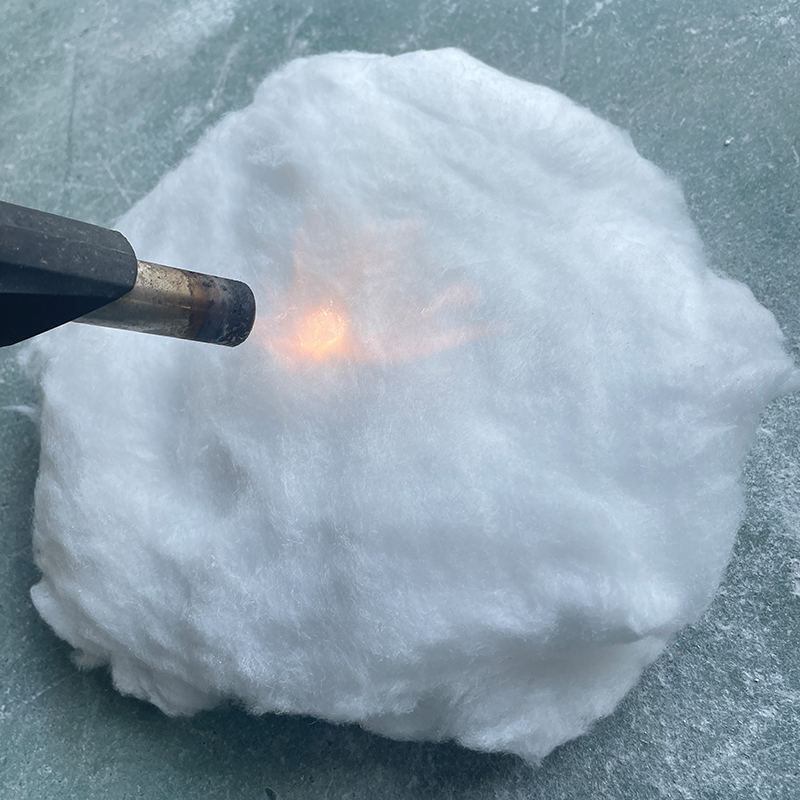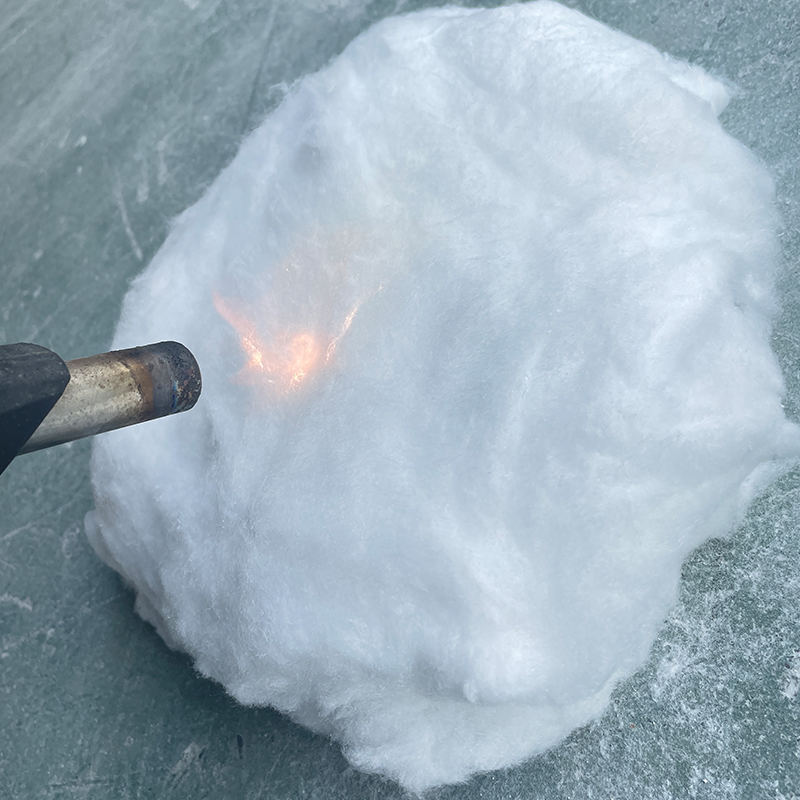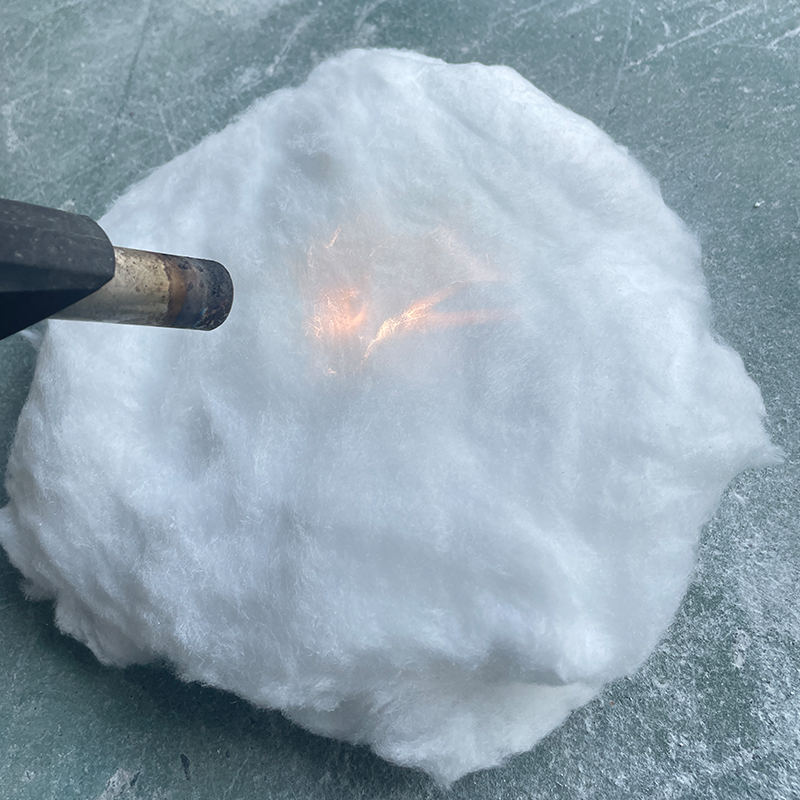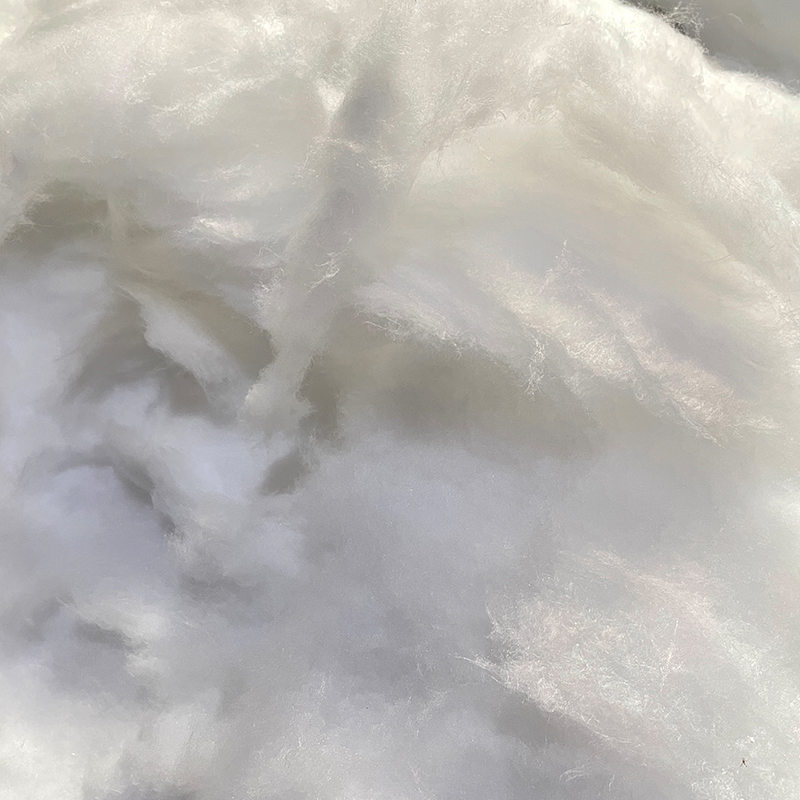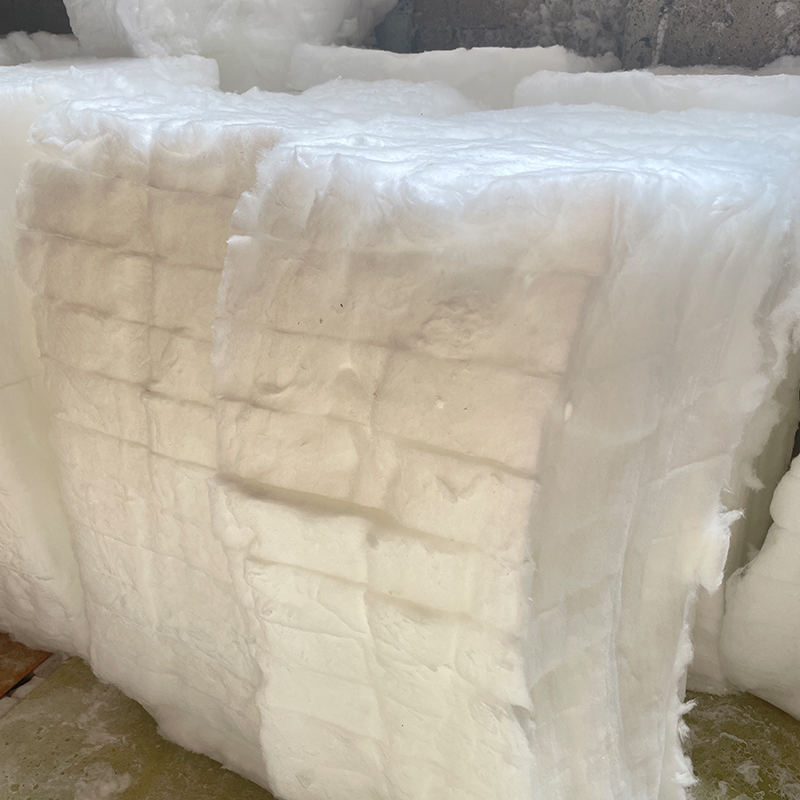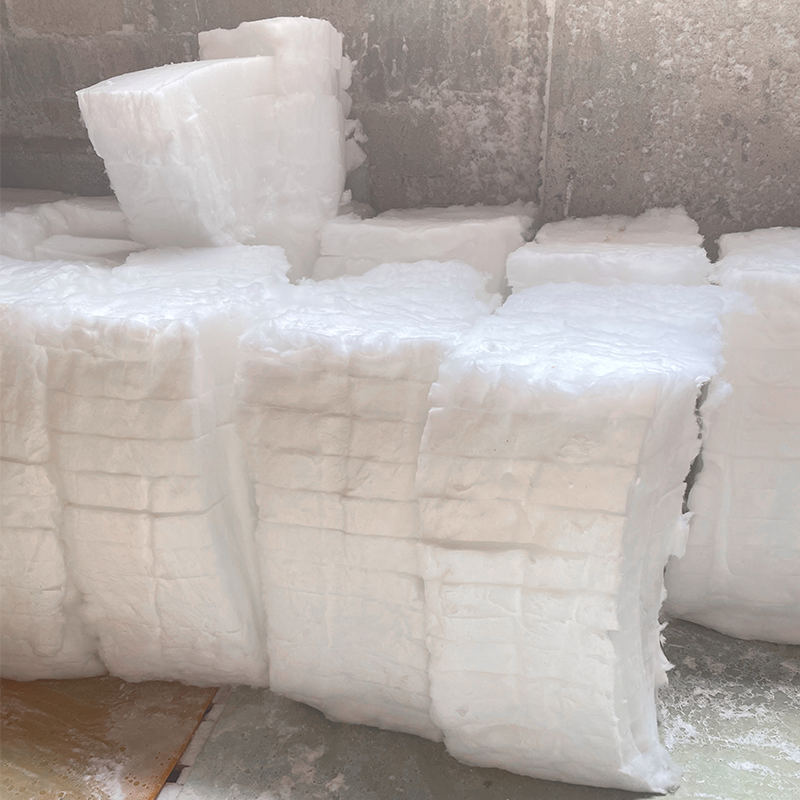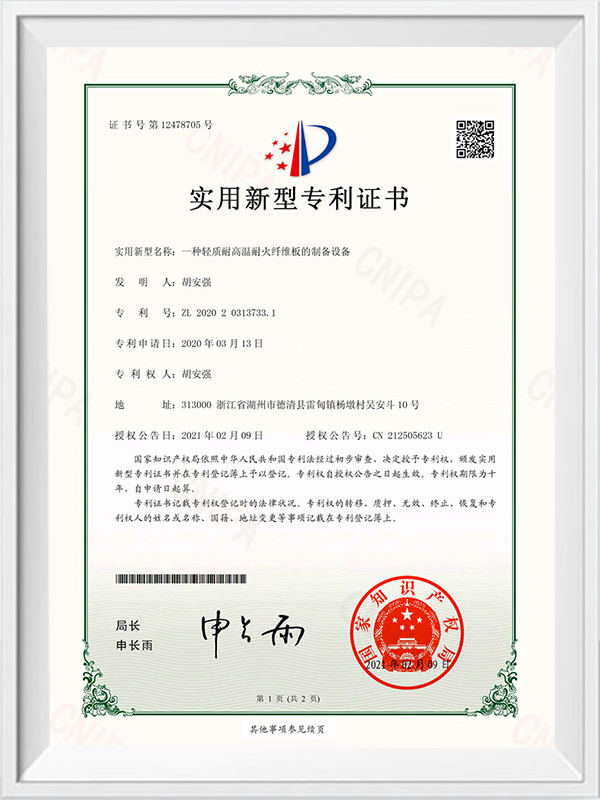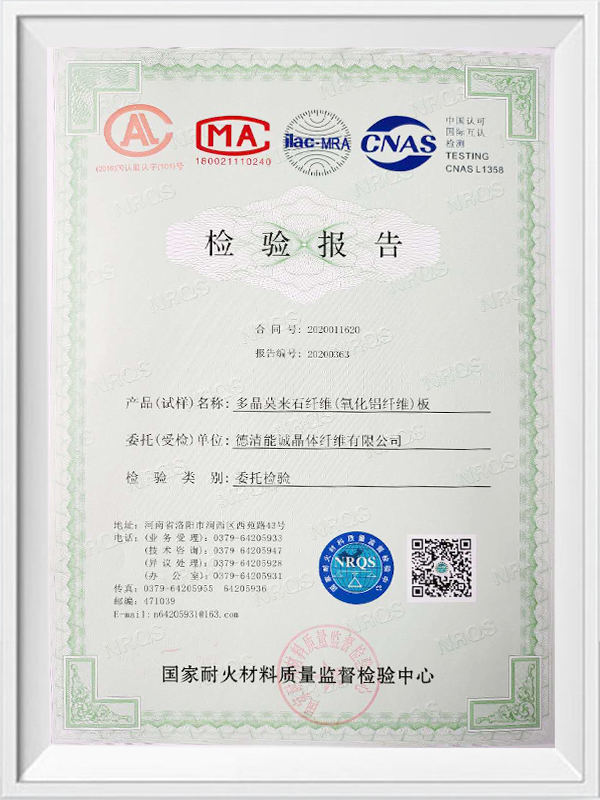
Ceramic Fiber Cotton
Introduction
NC ceramic fiber cotton is produced by melting the very pure raw materials at high temperature, taking advantage of the spun or blowing method with characteristics of stable chemical performance, resistance to most erosion of physical properties like refractoriness and insulation, keeping the same when meeting with oil, water, or steam. Ceramic fiber blanket/felt/board/paperlcloth/rope, and other ceramic fiber products can be produced in bulk through further processing.
Characteristics
NC ceramic fiber cotton is a kind of insulating material which has these characteristics, such as light-weight, antioxidation, low thermal conductivity, softness,
anti-corrosion, low heat capacity, sound insulation, and so on.
Application
Flling sealing and insulation at high temperatures(kiln car,pipeline,kilndoor,etc.);
Composite material in the fiber industry(friction plate,etc.);
Expansion joint filler material for firebricks and castable;
Filler for short-term insulation;
Thermal insulation filling material for small corners;
Raw materials for further processing.
Product parameter
| Ceramic fiber cotton | NC1260 | NC1350 | NC1400 | NC1430 | NC1600 | |
| Classification temperature (°C ) | 1260 | 1350 | 1400 | 1430 | 1600 | |
| Melting point(°C ) | 1750 | 1750 | 1750 | 1750 | ||
| Fiber average diameter (μm) | 2.6 | 2.6 | 2.5 | 2.5 | 1.95 | |
| Density(g/m3) | 2.7 | 2.7 | 2.7 | 2.7 | 3.1 | |
| Chemical composition (%) |
Al2O3 | 46-49 | 52-55 | 54-57 | 44-48 | 72 |
| Al2O3+ SiO2 | 97 | 97 | 97 | 82 | 99 | |
| ZrO3 | 15-17 | |||||
| Other | 3 | 3 | 3 | 2 | 1 | |
Note: The technical data determined by the testing standards used was, on average, within a certain range; the data do not represent the product quality assurance data.
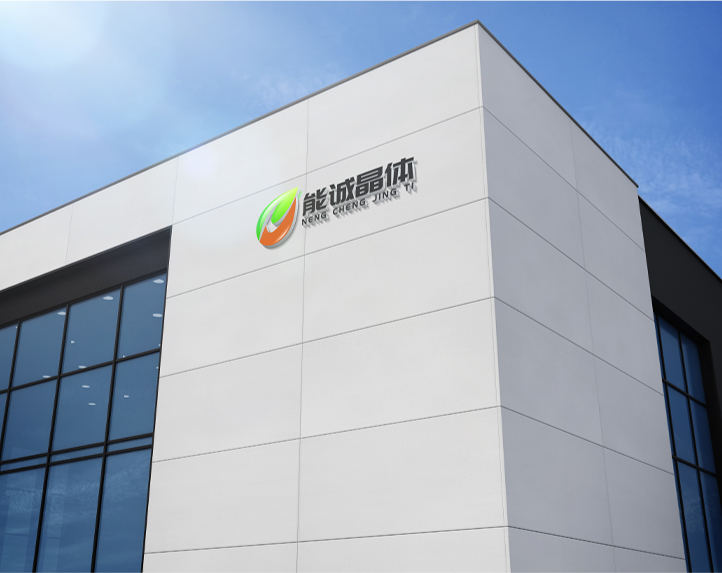

-
Overview: scope and practical intent This article explains the practical factors that determine the energy efficiency of Industrial heating elements operating continuously. It focuses on measurable variables (watt density, sheath material, thermal coupling), control and system integration, common sources of energy loss, and maintenance or design choices that improve long-run efficiency for furnaces, ovens, dryers, immersion heaters and inline process heaters. Element type, geometry and surface l...





 English
English Español
Español عربى
عربى
